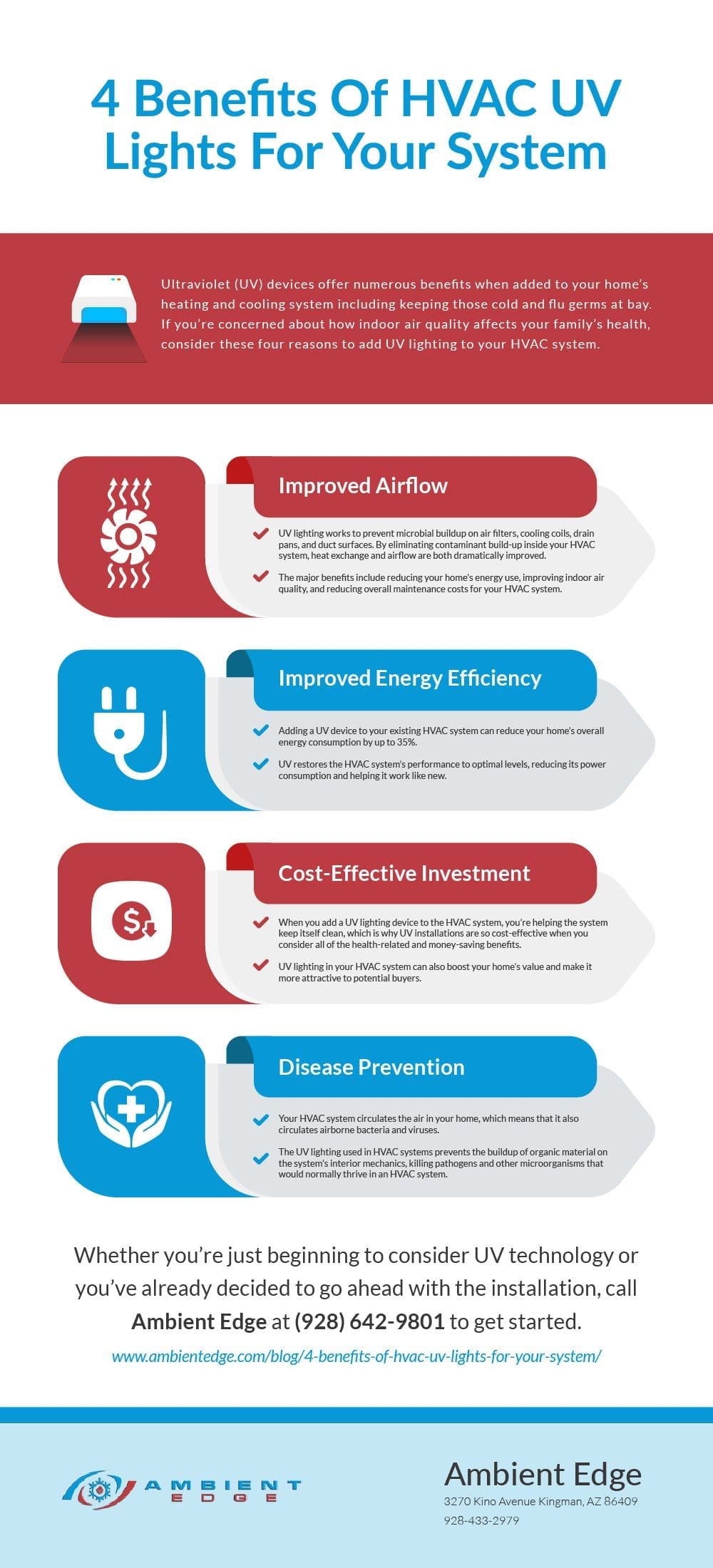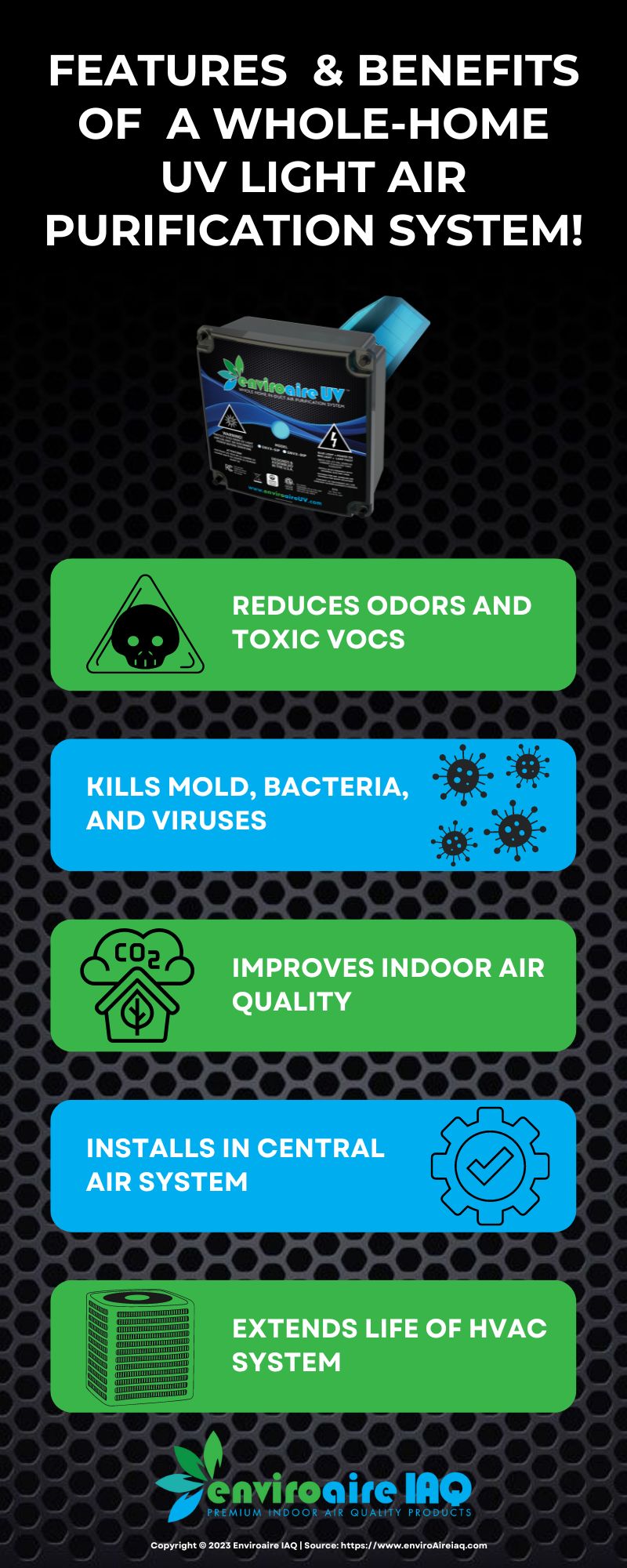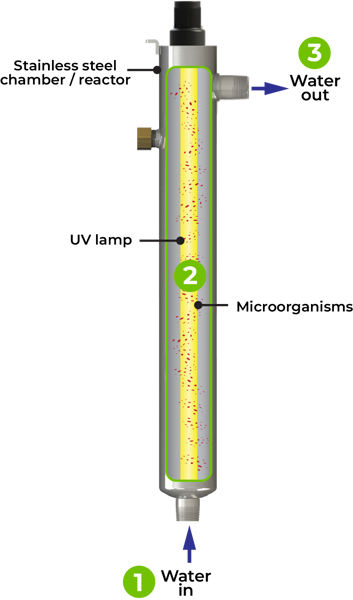More About Uvc Light
More About Uvc Light
Blog Article
Uvc Light Things To Know Before You Buy
Table of ContentsSome Known Details About Uvc Light Not known Incorrect Statements About Uvc Light Facts About Uvc Light UncoveredUvc Light for BeginnersUnknown Facts About Uvc LightUvc Light Can Be Fun For Everyone
A brand-new kind of ultraviolet light that might be safe for individuals took much less than five minutes to decrease the degree of indoor airborne microorganisms by more than 98%, a joint research study by researchers at Columbia University Vagelos University of Physicians and Surgeons and in the U.K. has actually discovered. Also as germs proceeded to be sprayed right into the space, the level stayed really low as lengthy as the lights got on.Yet previously these research studies had actually just been conducted in small experimental chambers, not in full-sized spaces simulating real-world problems. In the existing research, scientists at the University of St. Andrews, College of Dundee, College of Leeds, and Columbia University checked the efficiency of far-UVC light in a huge room-sized chamber with the exact same air flow price as a common home or workplace (regarding three air adjustments per hour).
The efficacy of various techniques to lowering indoor infection degrees is generally determined in terms of comparable air modifications per hour. In this study, far-UVC lamps produced the matching of 184 equivalent air exchanges per hour. This goes beyond any type of various other technique to sanitizing busy indoor areas, where five to 20 comparable air modifications per hour is the ideal that can be attained practically.
The Ultimate Guide To Uvc Light

The primary specifications of UV-C disinfection are wavelength, dose, relative moisture, and temperature. There is no consensus regarding their optimal worths, but, as a whole, light at a high dose and a spectrum of wavelengths having 260 nm is liked in an atmosphere at space temperature level with low family member moisture. This light can be created by mercury-vapour, light-emitting diode (LED), pulsed-xenon, or excimer lights.
UV-C disinfection systems have encouraging functions and the prospective to boost in the future. UV-C sanitation must presently be considered for low-level instead than top-level disinfection.
An additional application emerged in 1910 when UV light was utilized to disinfect water. The modern technology was not extremely dependable at the time and it took even more technological growths before UV water sanitation came to be prominent once more in the 1950s [ 2] Nowadays, UV light is used for water, air, food, surface area, and medical equipment disinfection.
10 Simple Techniques For Uvc Light
DNA, RNA, or healthy proteins of a micro-organism absorb UV light, with a peak absorbance around 260 nm [6] This causes the interruption of DNA or RNA, resulting in the inactivation of the micro-organism. UV-C-induced DNA interruption often contains the bonding of 2 neighbouring thymine (or cytosine) bases rather of the standard linking of a base with its corresponding base on the various other hair.

The UV-C area is used for sanitation but there is no agreement on the exact optimal wavelength. Bacterial DNA and RNA have peak absorbances of light at 260265 nm and around 260 nm, respectively [6] Light at 260 nm can cause the most interruption (uvc light). Different micro-organisms are most susceptible to somewhat different wavelengths.
Excitement About Uvc Light
It even has an additional advantage by lowering photoreactivation through a decline of photolyase [9] On the other hand, it has technical effects because the overall energy of the beam is then divided over all present wavelengths. A micro-organism that is susceptible to 254 nm light will certainly be suspended much more by a light that gives off entirely light at 254 nm than a lamp that discharges a wavelength spectrum at equivalent overall energy.
Direct exposure times of 1045 minutes for space sanitation and 25 s to 5 min for clinical equipment were run into in literary works.
Additionally, the output of a lamp reduces over time, so it is recommended to calculate the dose at the end of light life, which a knockout post is representative of a worst-case circumstance. The dose additionally affects the quantity of photoreactivation. Quek et al. found that the percent of photoreactivation reduced from 5.31% to 0% for a boost in dosage from 1.6 to 19.7 mJ/cm2 [8]
The impact of temperature level depends on the light resource.
The Uvc Light PDFs


This is called far UV-C innovation and is a fairly new disinfection method with limited understanding concerning its efficiency. This makes it riskier to entirely depend on this modern technology for disinfection in the healthcare facility and it is consequently not commonly made use of [21] However, it also has advantages such as a minimized risk for use near people due to a reduced penetration deepness right into the skin and eyes [ 26]
In research, the results on pulsed versus continual UV-C disinfection efficiency differ. When contrasting pulsed and continuous light it is essential to maintain various other variables such as wavelength and dosage consistent. Nyangaresi et al. and Sholtes et al. both found that pulsed or constant light discharged by LEDs resulted in comparable log10 reductions [15,28]
Some Known Factual Statements About Uvc Light
In instance ozone is not needed for sanitation, a customized light can be utilized. For mercury-vapour lamps, drugged quartz glass or specialized soft glass can filter out short-wave UV-C light - uvc light.
Report this page